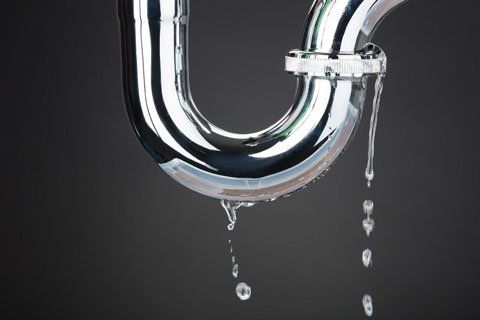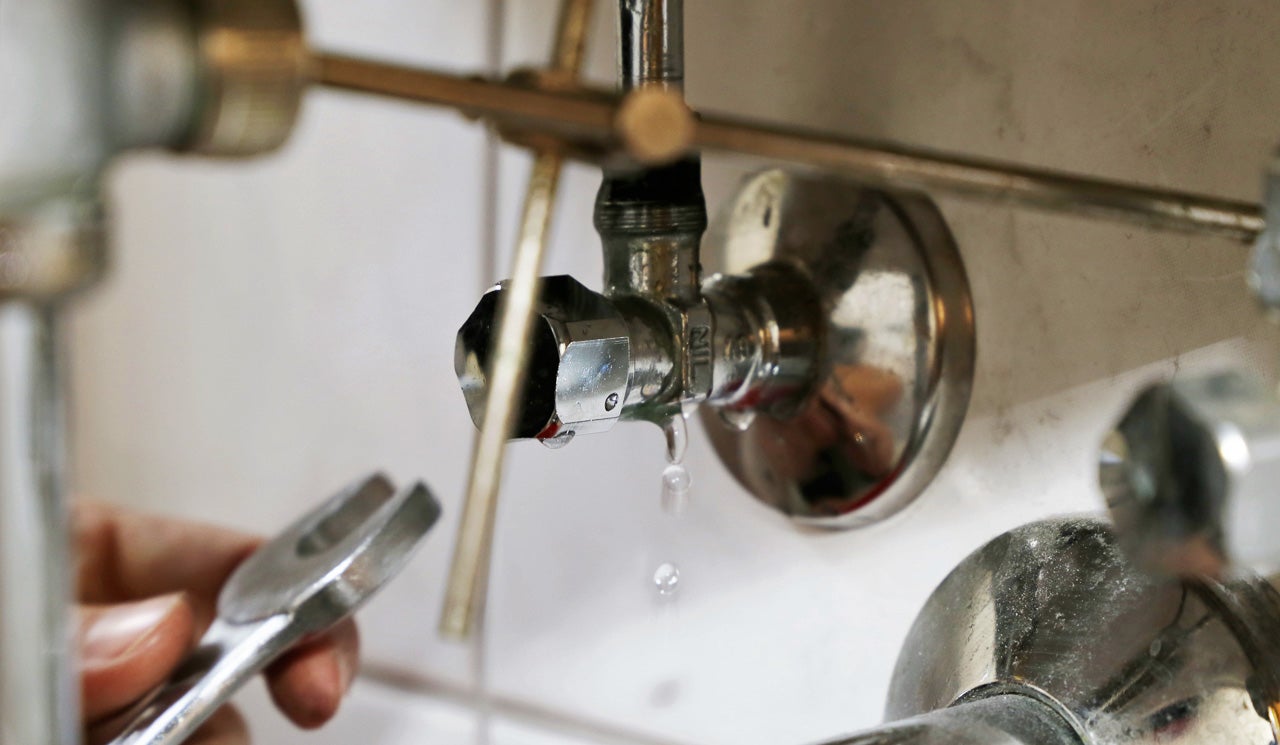Just how to Examine If Your Home Has a Covert Leakage
Just how to Examine If Your Home Has a Covert Leakage
Blog Article
Everybody is bound to have their own unique assumption with regards to Top leak detection hacks.

Early detection of leaking water lines can mitigate a potential catastrophe. Apart from conserving you cash, it will decrease the aggravation and also aggravation. The moment you locate a leak, calling your plumber for repairs is the most effective remedy. Some tiny water leaks might not be visible. Here are some hacks that help if you can not spot it with your naked eyes.
1. Take A Look At the Water Meter
Every residence has a water meter. Checking it is a surefire manner in which aids you discover leakages. For starters, switch off all the water sources. Guarantee no one will purge, utilize the tap, shower, run the washing equipment or dishwashing machine. From there, go to the meter and also watch if it will alter. Considering that no person is utilizing it, there need to be no activities. That shows a fast-moving leak if it moves. Similarly, if you spot no changes, wait an hour or more and also examine back once again. This suggests you may have a sluggish leak that could also be below ground.
2. Check Water Usage
If you detect sudden changes, regardless of your intake being the exact same, it means that you have leakages in your plumbing system. An unexpected spike in your costs indicates a fast-moving leakage.
A constant rise every month, even with the exact same behaviors, shows you have a slow-moving leakage that's likewise gradually rising. Call a plumber to extensively check your residential or commercial property, specifically if you feel a warm area on your flooring with piping beneath.
3. Do a Food Coloring Examination
When it comes to water consumption, 30% comes from toilets. If the shade somehow infiltrates your dish during that time without flushing, there's a leak in between the tank and also dish.
4. Asses Outside Lines
Don't fail to remember to inspect your outdoor water lines too. Ought to water seep out of the link, you have a loosened rubber gasket. One little leak can throw away lots of water and surge your water bill.
5. Inspect as well as Examine the Circumstance
House owners must make it a routine to examine under the sink counters and also inside closets for any bad odor or mold and mildew development. These two red flags show a leak so timely interest is needed. Doing routine evaluations, even bi-annually, can save you from a significant problem.
Check for discolorations as well as damaging as many home appliances and also pipes have a life span. If you believe dripping water lines in your plumbing system, don't wait for it to intensify.
Early detection of leaking water lines can minimize a prospective disaster. Some small water leakages might not be visible. Examining it is a surefire method that helps you uncover leakages. One small leakage can squander heaps of water and increase your water costs.
If you think dripping water lines in your plumbing system, don't wait for it to rise.
WARNING SIGNS OF WATER LEAKAGE BEHIND THE WALL
PERSISTENT MUSTY ODORS
As water slowly drips from a leaky pipe inside the wall, flooring and sheetrock stay damp and develop an odor similar to wet cardboard. It generates a musty smell that can help you find hidden leaks.
MOLD IN UNUSUAL AREAS
Mold usually grows in wet areas like kitchens, baths and laundry rooms. If you spot the stuff on walls or baseboards in other rooms of the house, it’s a good indicator of undetected water leaks.
STAINS THAT GROW
When mold thrives around a leaky pipe, it sometimes takes hold on the inside surface of the affected wall. A growing stain on otherwise clean sheetrock is often your sign of a hidden plumbing problem.
PEELING OR BUBBLING WALLPAPER / PAINT
This clue is easy to miss in rooms that don’t get much use. When you see wallpaper separating along seams or paint bubbling or flaking off the wall, blame sheetrock that stays wet because of an undetected leak.
BUCKLED CEILINGS AND STAINED FLOORS
If ceilings or floors in bathrooms, kitchens or laundry areas develop structural problems, don’t rule out constant damp inside the walls. Wet sheetrock can affect adjacent framing, flooring and ceilings.
https://www.servicemasterbyzaba.com/blog/how-to-detect-water-leakage-in-walls/

I am just very enthusiastic about Leaking water lines and I am assuming you liked the entire blog post. Liked our review? Please share it. Help somebody else check it out. Thanks a lot for your time. Please come by our website back soon.
Report this page